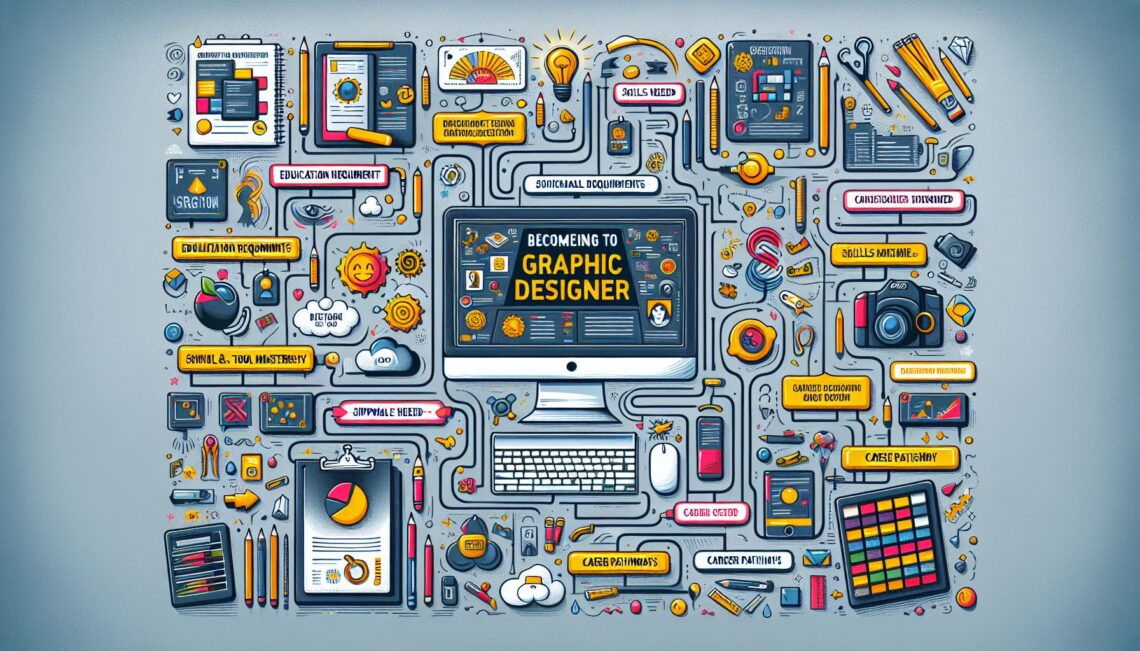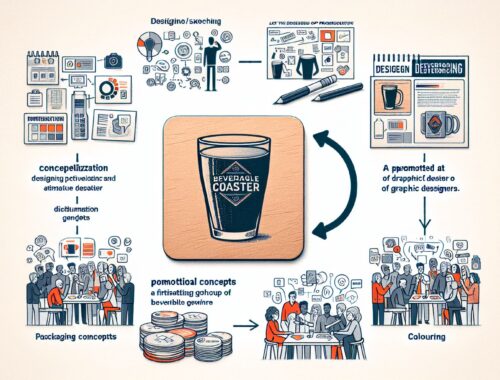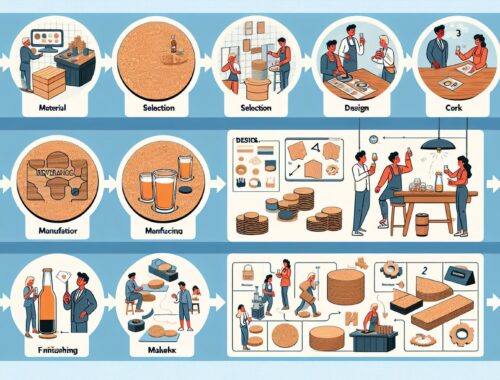
How to Become a Graphic Designer: A Guide for Professionals
In today’s digital age, the demand for skilled graphic designers is higher than ever. From branding and marketing to web design and animation, the opportunities for creative professionals are endless. If you’re considering a career in graphic design, here’s a guide to help you get started on the path to success.
Introduction
Graphic design is a versatile and dynamic field that requires a combination of creativity, technical skills, and attention to detail. Whether you’re a seasoned professional looking to make a career change or a recent graduate looking to break into the industry, becoming a graphic designer is an achievable goal with the right mindset and dedication.
Education and Training
While a formal education isn’t always necessary to become a successful graphic designer, having a degree or certification can help you stand out in a competitive job market. Many universities and colleges offer programs in graphic design, computer-generated imaging, or related fields that can provide you with the foundation you need to succeed in this industry.
If you’re already working in a different field and are looking to transition into graphic design, there are plenty of online courses and workshops available that can help you develop your skills and build your portfolio. Networking with other professionals in the industry and seeking out mentorship opportunities can also be valuable in advancing your career.
Building a Portfolio
One of the most important aspects of becoming a graphic designer is building a strong portfolio that showcases your work and demonstrates your skills to potential employers or clients. Your portfolio should include a variety of projects that showcase your creativity, technical abilities, and personal style.
When putting together your portfolio, focus on quality over quantity and choose projects that best represent your skills and interests. Make sure to include a mix of personal and professional work, as well as a variety of design styles and mediums. Updating your portfolio regularly and seeking feedback from peers and mentors can help you improve and refine your work over time.
Specialization
As you progress in your graphic design career, you may find it beneficial to specialize in a specific area of the field, such as web design, branding, or illustration. Specializing can help you stand out in a crowded market and attract clients or job opportunities that align with your interests and expertise.
To determine which specialization is right for you, consider your strengths and passions, as well as the current trends and demands in the industry. Continuing education and professional development can also help you hone your skills in a specific area and stay up to date on the latest tools and technologies.
Conclusion
Becoming a graphic designer is a rewarding career that offers a wide range of opportunities for creative professionals. By investing in your education, building a strong portfolio, and specializing in a specific area of the field, you can set yourself up for success in this dynamic and exciting industry.
Whether you’re just starting out or looking to take your career to the next level, following these tips can help you achieve your goals and build a successful career as a graphic designer. With dedication, passion, and hard work, you can turn your love of design into a fulfilling and lucrative career in computer-generated imaging and graphic design.
You May Also Like

#**Best Items to Print Your Business Logo on for Teenagers**
December 6, 2023
How to Create and Promote a Beverage Coaster for Graphic Designers
December 27, 2023

